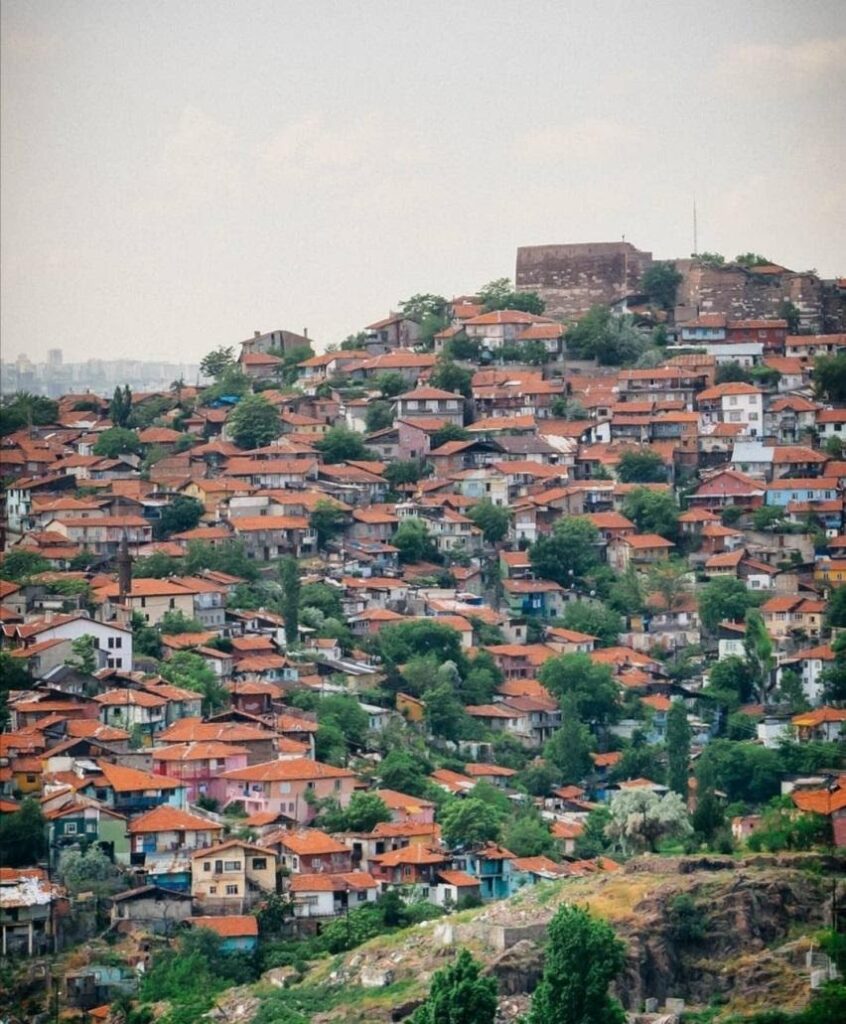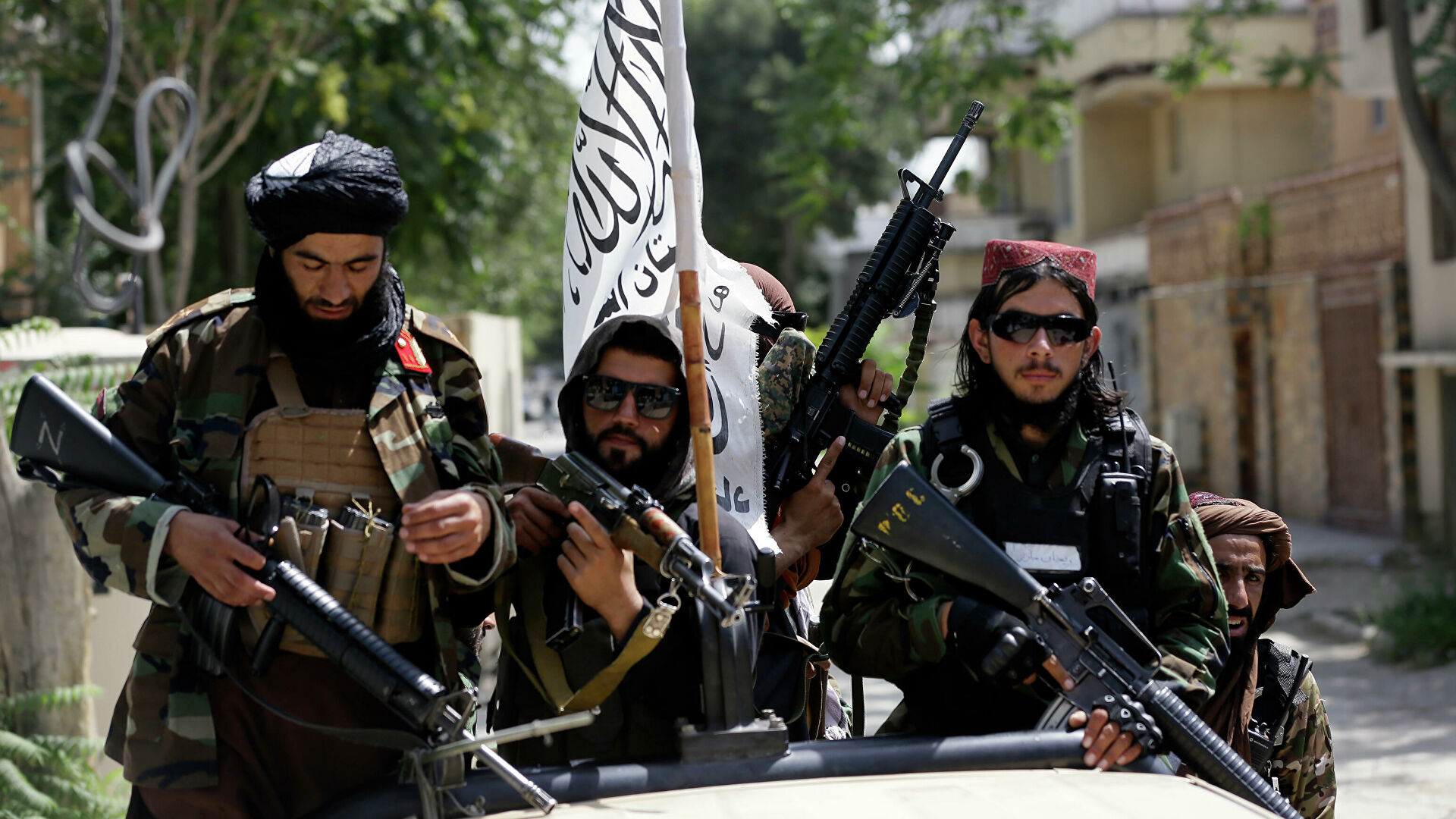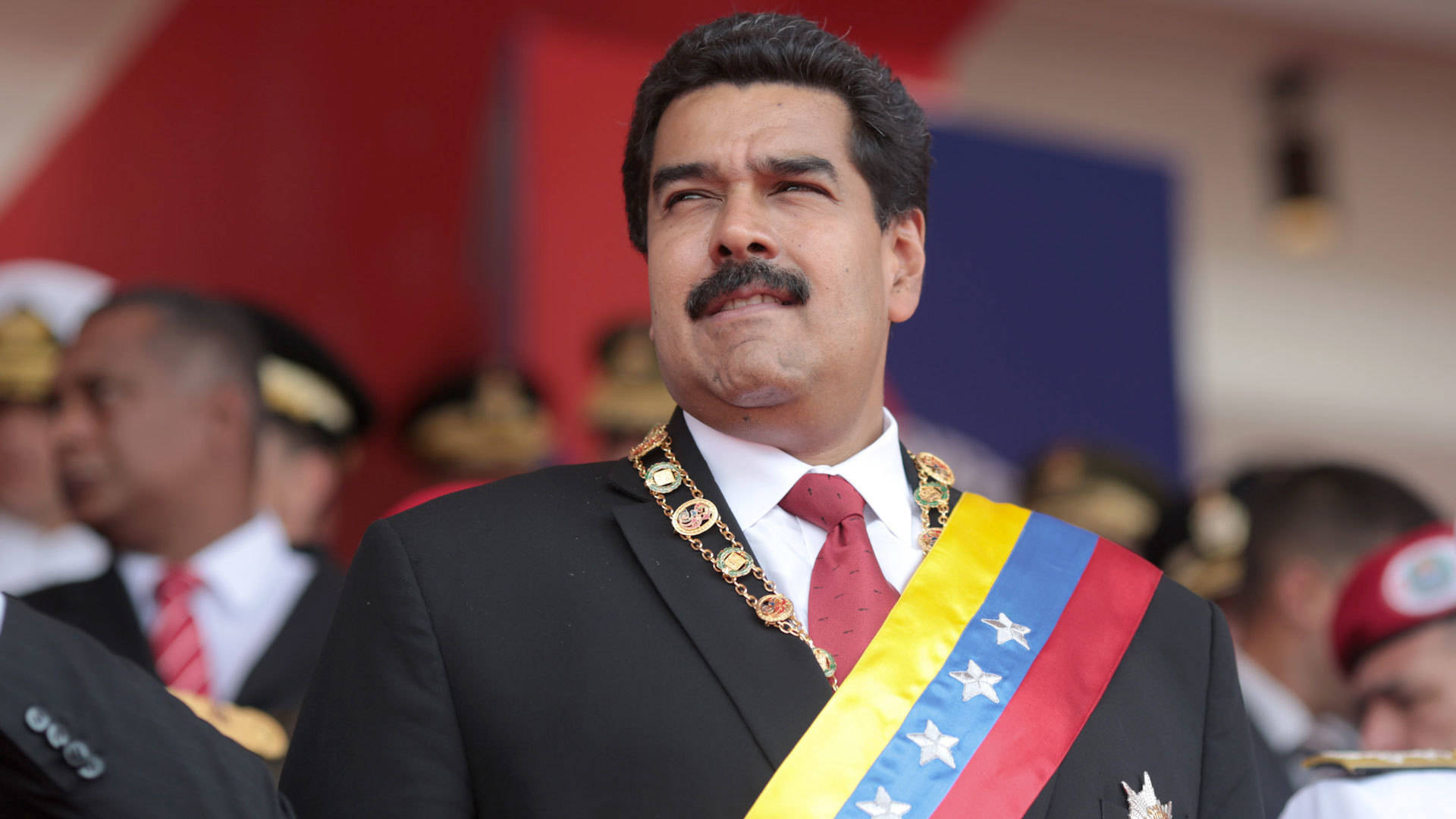The word citizen was used, as someone who lives in a particular city in this assignment. (Longman Dictionary of Contemporary English)
Do you think that individuals living in cities can be considered citizens?
The phenomenon of the city is a dynamic concept that has a different meaning in every period of history. Cities are defined by emphasizing their structures, functions, and different features. It is possible to define the city under various criteria and disciplines. (Keleş, Kentleşme Politikası, 2016) These criteria are:
- Population. Exceeding a certain population level
- Social science criterion. Population multiplicity, density, specialization, cooperation, organization, non-homology
- Economic activity criterion. non-agricultural production
Sjoberg used technology as an independent variable while classifying cities as pre-industrial, industrializing, and post-industrial, with the work “Pre-Industrial City”. (Sjoberg, 2002) Pirenne explained the city through economic processes such as the formation of the merchant class and the birth of the bourgeoisie. (Topal, 2004)
The famous urban scientist Lewis Mumford, in his work “The Culture of the Cities,” says the city, where the culture and power of a community are concentrated, a product of time, its accumulation. (Keleş, Kent ve Kültür Üzerine) Opinions are common, assuming a close relationship between urban life and civilization. In Latin languages, the originality between the words civilization and city (city, civitas), in Arabic “medeniyet” means civilization, and “medina” means city. It suggested that civilizations originated from cities.
The city has a positive feature that gives people the consciousness of protecting the city and its environmental values and instills urban consciousness and responsibility.
The German proverb says, “ stadtluft macht frei”( City air makes you free). Indeed, in the historical development process, cities were perceived as places where freedom was fully experienced. This evokes a false perception that everyone can freely do whatever they want. This limit cannot be imposed because “crimes against the urban” are among the facts that we frequently encounter in our cities. This problem arises from urbanization without an urban identity.
In the identity of each city, the distinctive features of that city, which have gained continuity, are preserved. Cities also have their own unique identities that form a spatial, physical, social, and cultural whole.
Literally, the city begins with the Industrial Revolution. According to the definition of Sjoberg, urbanization in Turkey’s “industrializing city” definition is appropriate. However, urbanization in Turkey too complex to be explained only by the industrialization process. Urbanization history is also a history of migration in Turkey. This, in turn, causes rapid population growth and rapid urbanization in the cities. This is why Turkey, which is not a regular and healthy urbanized country. Ankara, the new capital of Turkey, had intended to be an exemplary city with the Jansen Plan. After the 1940s, post-war population growth occurred, communication and transportation facilities improved. Because of mechanization in agriculture, hidden unemployment turned into open unemployment. In the face of all this situation, rural to urban immigration increased. Also, Bureaucrats who came to Ankara from Istanbul went out of the plan and founded Yenişehir¹ So, in the 1950s, nothing called architectural style remained. In the 1970s, the villages moved to the city. In the 1980s, 72% of Ankara lived in the slum.


Urban Identity, Rapid Urbanization, and Slum
With the intense internal migration towards Ankara increased the demand for housing, the problem of slums emerged. The term “peasant-other” was used for people living in the slum between 1950 and 1960. Citizen-peasant separation occurred in the city. In the 1970s, the definition of “disadvantaged / exploited other” along with the addiction theory was used for those living in slums. Identities gained importance with globalization between 1980-1990. During this period, those who lived in slums were only called “the other.” By the 2000s, slum areas became urban transformation practice areas.
Throughout this process, these slum people living in the city were remembered in many adjectives such as peasant-other, disadvantaged / exploited other, only the other.
None of these adjectives was a citizen. Like the distinction between tourists and idlers in Zygmunt Bauman’s book that has been named Globalization (Bauman, 2017), they have always been mentioned with an identity against urban identity.
As seen in this process, NOT every individual living in the city can be called a citizen. Being a citizen means having a certain urban culture and urban identity. The question of “which city are you from?” that people of our country use a lot is an indication of not being a citizen. This means that people living in the city don’t feel like they belong there.
References
1- For the story of the period: Ankara, Yakup Kadri Karaosmanoğlu (Karaosmanoğlu, 2018)
Fotoğraf: “kalenin arka tarafı”. (2015, Şubat 2015). Mayıs 09, 2020 tarihinde Tripadvisor: https://www.tripadvisor.com.tr/LocationPhotoDirectLink-g298656-d294557-i122291502-Ankara_Castle-Ankara.html adresinden alındı
Aydın, T. (2019, Ekim 30). Bir Şehir Kurmak: Ankara 1923-1933. Mayıs 09, 2020 tarihinde Ark.tera: https://www.arkitera.com/etkinlik/bir-sehir-kurmak-ankara-1923-33/ adresinden alındı
Bauman, Z. (2017). Küreselleşme. İstanbul: Ayrıntı.
Karaosmanoğlu, Y. K. (2018). Ankara. İstanbul: İletişim Yayınları.
Keleş, R. (2016). Kentleşme Politikası. Ankara: İmge.
Keleş, R. (tarih yok). Kent ve Kültür Üzerine. Mülkiye, XXIX(246), 9.
Longman Dictionary of Contemporary English. (tarih yok). (6th edition). Pearson.
Sjoberg, G. (2002). Sanayi Öncesi Kenti. Ankara: İmge Yayınevi.
Topal, A. K. (2004). Kavramsal Olarak Kent Nedir ve Türkiye’de Kent Neresidir. Dokuz Eylül Üniversitesi Sosyal Bilimler Enstitüsü Dergisi, 6(1), 277-278.












